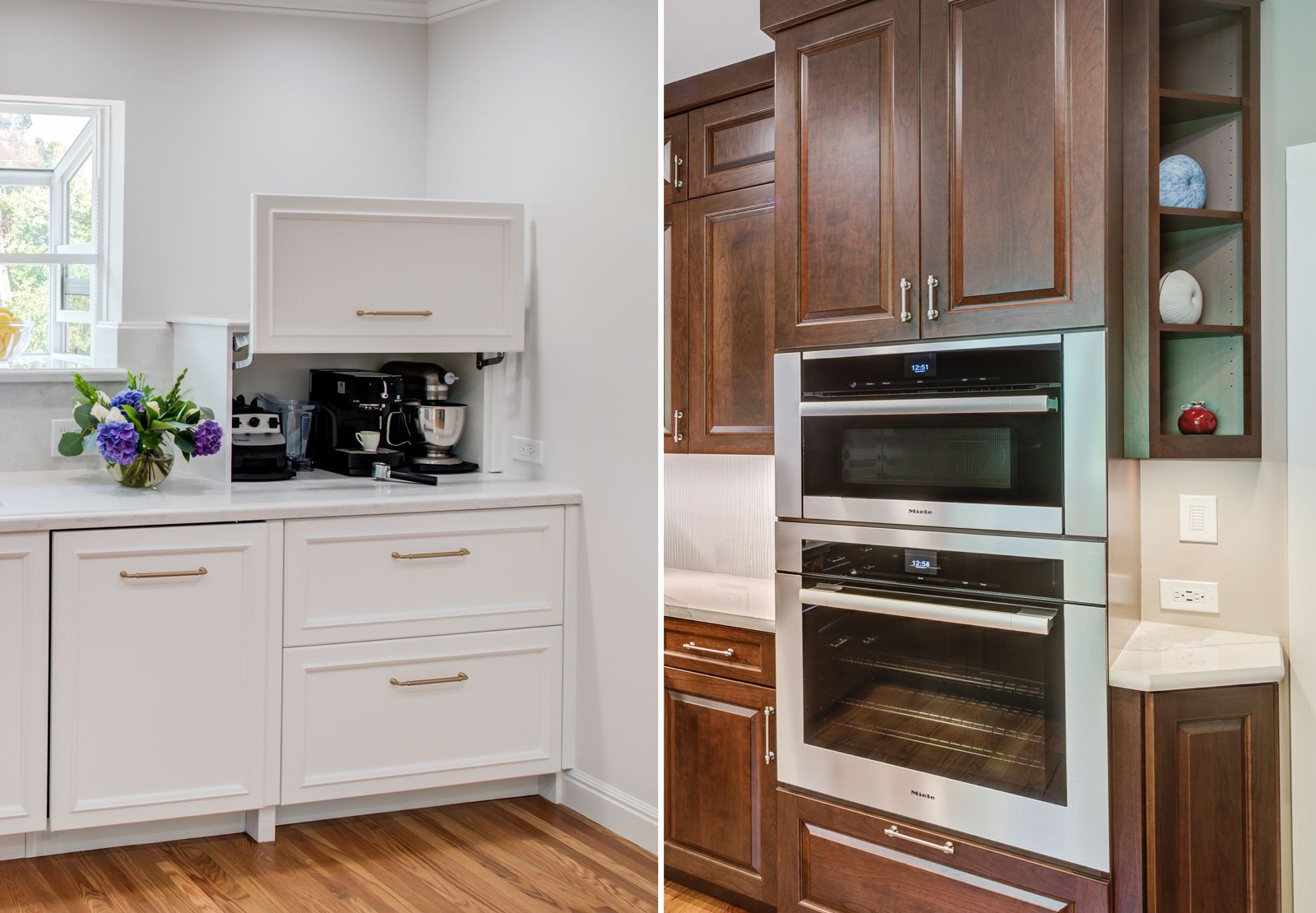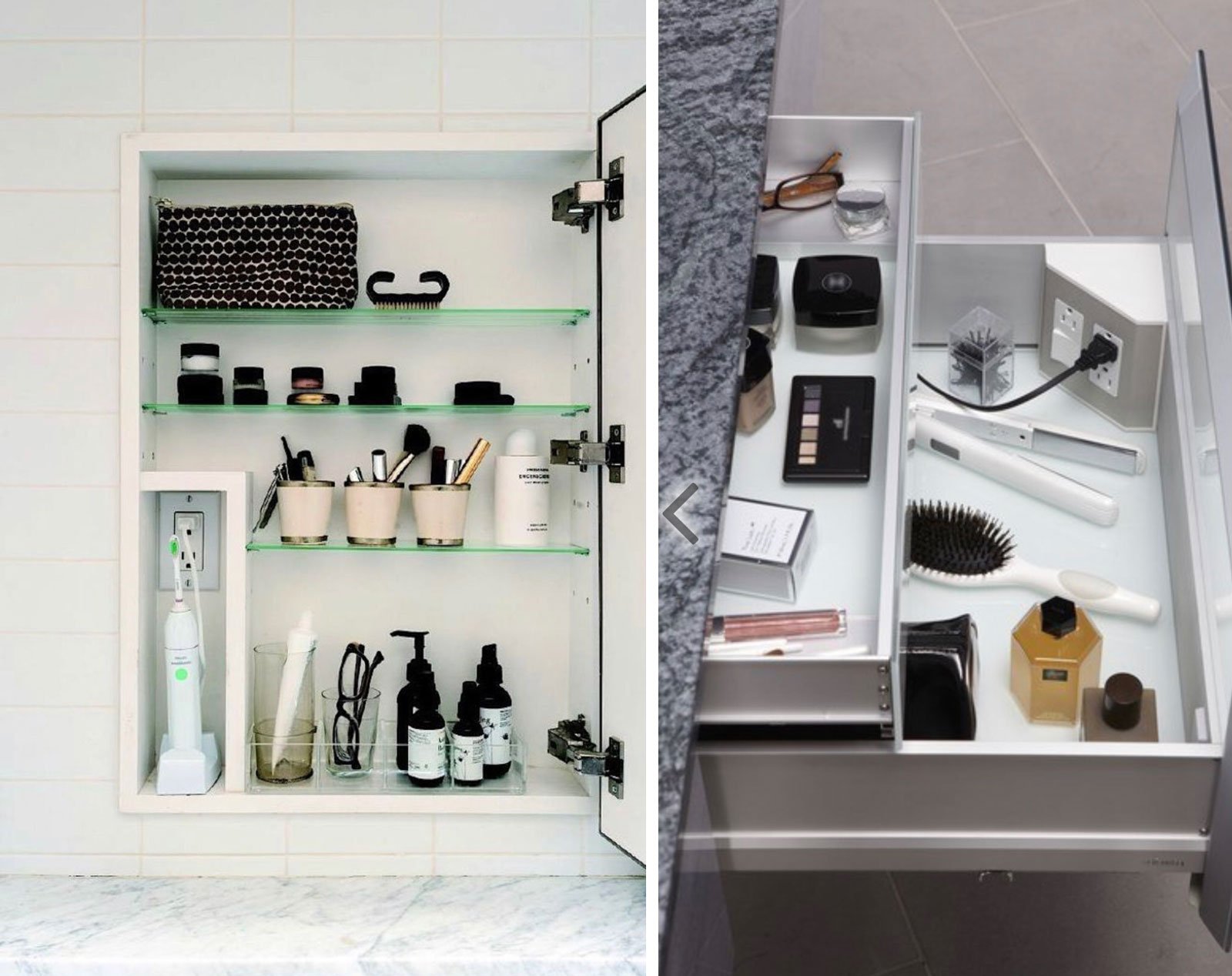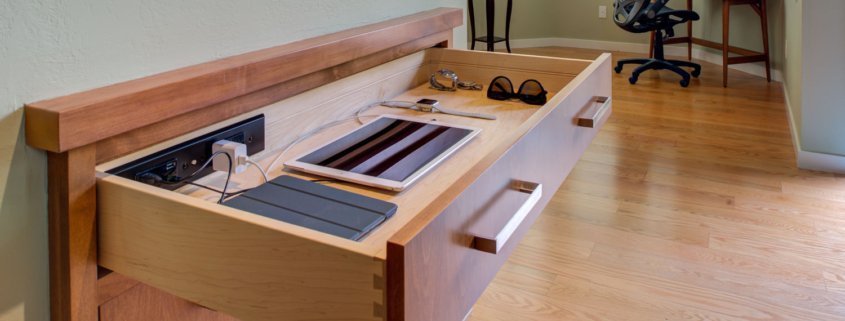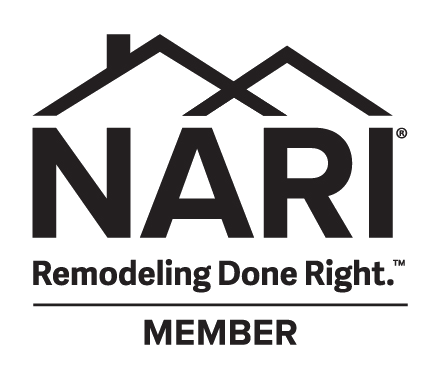Outlet Technology
Earlier this year, Harrell Design + Build Designer Genie Nowicki, spent three days at the annual Kitchen & Bath Industry Show (KBIS) where she was immersed with the latest industry products, trends, and technologies. Although not as sexy as steam showers, spa bathtubs, and the latest fixtures, electrical outlet technology was prevalent at KBIS.
According to Genie, “Kitchens and bathrooms have considerable code requirements. These are spaces in which numerous appliances are used around water, so there are strict guidelines around the placement and type of outlets used. At KBIS, there were some really exciting solutions to make unsightly outlets more visually pleasing, or unique ways to hide them completely.”
Outlet Technology
With more and more devices requiring USB ports for charging, electrical outlets are finally incorporating this technology and docking stations are being integrated into kitchens and baths.
Smart WiFi plugs are remote control devices, enabling automation to actively manage any appliance, light, or device via an app or using a smart home assistant. Affordable and easy to install, these smart plugs allow you to control or schedule lights and temperature, pre-heat hair styling devices with the touch of a button, regulate your kid’s access to gaming consoles and television, and monitor your home’s energy efficiency.
For years, outlet trim plates have been available in a variety of colors, designs, and finishes but the outlets themselves hadn’t followed suit. Finally, outlets are being designed in a number of metallic finishes to create a seamless, cohesive appearance.
Creative Outlet Placement in the Kitchen
GFCI outlets are required to be placed every four feet in a kitchen, and within two feet or less of the edge of a sink or cooking surface. There are multitudes of ways to make outlets less conspicuous, maintaining function without compromising the aesthetics of your space.
- Under cabinet outlets: The outlet or outlet strip is hidden from view but may have “dangling” appliance cords.
- Pop-up outlets: Tucked into the surface of a countertop, these low-profile outlets are made accessible by simply pushing on the them to have them ‘pop’ above the counter or pushing them down to hide them away. These may not be accepted by all building departments.
- Outlet post: Nestled between cabinets, a post is a great way to incorporate outlets.
- Hinged cabinet facade: Hiding outlets behind a hinged drawer façade allows accessibility when needed but is disguised when not in use.
- Recessed below counter: An outlet strip can be hidden underneath a deep countertop edge, peninsula, or island overhang for easy access without compromising design.
- Inside drawers/cabinets: A great place to install a docking station for tablets, phones, and others devices.

Creative Outlet Placement in the Bathroom
Just as in kitchens, our bathrooms must have GFCI outlets and have equally strict requirements on placement. We typically have a number of personal grooming devices that can crowd our countertops, creating a tangle of cords and a battle over outlet access. This can be resolved with creative and functional outlet placement.
- Medicine cabinets with built-in outlets: great for storing and charging electric razors and toothbrushes.
- Inside cabinets: A great way to get outlets off walls is to place them inside cabinets. USB outlets allows for charging of phones, wireless speakers, and tablets.
- Underneath counters: An ideal blend of accessibility and functionality.
- Inside drawers: Outlets at the back of a drawer is ideal for plugging in hair styling or personal grooming devices.
- Pop-up outlets: These low-profile outlets work well in bathrooms and can be set into the countertop.

“It’s always exciting to offer clients inventive new ways in which to integrate outlets in bathrooms and kitchens that both maximize and personalize the function and beauty of the space. Plus, the evolving technology that allows homeowners to control appliances at the touch of a button is very desirable,” shares Genie.
Are you dreaming of updating your kitchen or bath? Schedule a complementary meeting today and allow the design team at Harrell Design + Build to help you discover what’s possible.
Genie Nowicki, senior designer, holds numerous certifications in design, and is a renowned authority of Universal Design, and the recipient of multiple awards. Genie joined the Harrell Design + Build team after years of running her own successful design business. Beginning her career in the world of income tax planning, she made a career leap in 1990 to the equally “detail and code-filled world” of kitchen and bath design. Genie obtained her Certification in Professional Kitchen and Bath Design in 1992 and achieved her Certified Kitchen Designer (CID) and Certified Bath Designer (CBD) status in 1996. After passing another rigorous examination, she became a Certified Interior Designer (CID) in the State of California in 2002 and a Certified Aging in Place Specialist (CAPS) in 2006. Her experience has included residential interior design, kitchen and bath design, barrier free/Universal Design, lighting design, and participation in numerous showcase houses in the Bay area, as well as several commercial projects. Genie prides herself on listening to her clients and providing timeless design work that is appropriate to her clients, their lifestyles, and their homes. Her excellence in design has been recognized with awards, projects published in local and national magazines, and a Sunset design book, and an article she wrote was featured in the Fine Homebuilding Kitchen and Bath Annual Issue.







